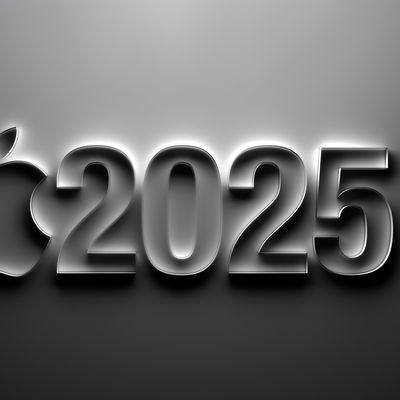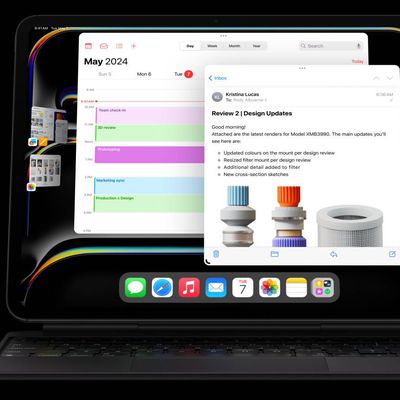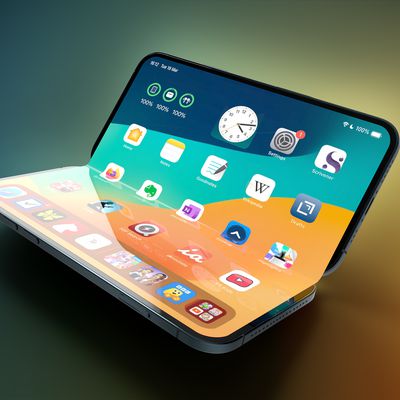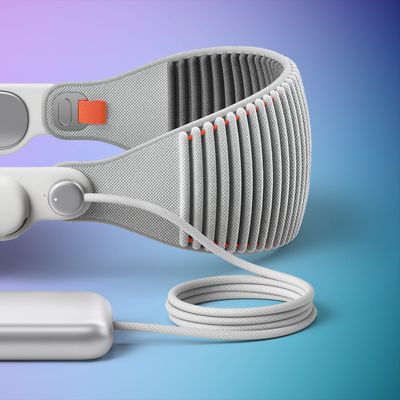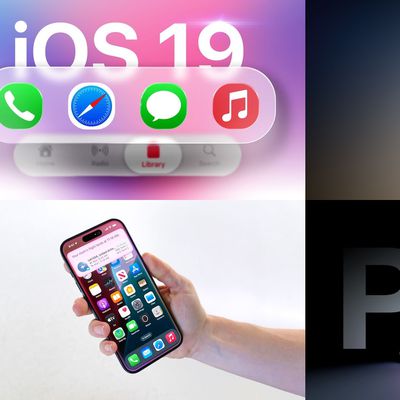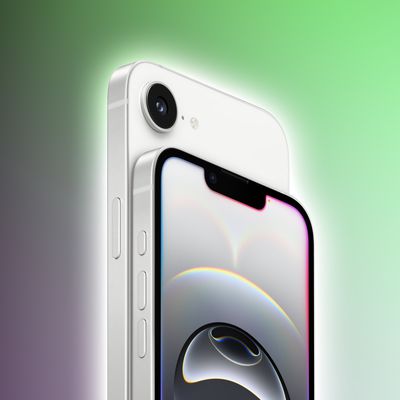Apple is expected to announce the fourth-generation iPhone SE as soon as tomorrow, potentially with improved long-term value retention, according to analysis by SellCell.
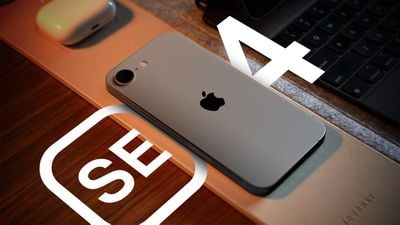
Despite its lower price point, the iPhone SE has historically struggled with resale value compared to Apple's higher end smartphones. According to SellCell's depreciation analysis, previous SE models have seen significantly faster value loss than standard iPhones. The third-generation iPhone SE lost 42.6% of its value within the first month and 57.8% after six months, compared to the iPhone 15 lineup, which saw a decline of 28.8% in the first month and 27.8% after six months.
A similar pattern was seen with the second-generation iPhone SE, which experienced a 50.8% drop in value within six months, whereas the iPhone 14 series saw a 31.1% decrease over the same period. This is likely due to the iPhone SE's lower starting price, use of older designs, and lower overall demand in the second-hand market.
However, it is worth noting that some smaller and lower-cost iPhones have managed to retain their value more effectively. For example, the iPhone 13 mini held its value significantly better than the SE models. The device lost only 19.2% of its value in the first month, compared to 42.6% for the third-generation SE, and after 12 months, it had depreciated by 46.1%, compared to 64.4% for the third-generation SE. Even at 24 months, the iPhone 13 mini had lost just 53% of its original value, positioning it closer to flagship models than to SE devices.
As the new iPhone SE is expected to adopt a more modern design with significantly upgraded specifications, it could potentially alter the depreciation trend that has defined previous iPhone SE models. The shift to an iPhone 14-style design could improve long-term demand, and if Apple equips it with a considerably more high-end chipset and camera system as expected, as well as Apple Intelligence support, it may retain value more effectively than its predecessors because it will remain competitive in the lineup for longer.
Like other devices, the iPhone SE sees continued depreciation following the launch of a successor. The second-generation SE saw an additional 4% drop in value within 12 weeks of the third-generation SE's release. They tend to see accelerated depreciation after their initial launch window, meaning those looking to upgrade should do so quickly after launch to maximize resale value.
Pricing will also be a key factor in determining the fourth-generation iPhone SE's long-term value retention. Reports suggest the device may start at up to $499 in the United States, marking a slight increase from the current model's $429 price. While this could keep the new iPhone SE a compelling option for budget-conscious customers, it also raises expectations for hardware improvements that justify the price increase.
Apple's decision to delay the launch of the fourth-generation iPhone SE beyond its usual two-year upgrade cycle has also created a larger gap in its lineup, leaving fewer affordable options with up-to-date hardware. This may result in increased demand for the new iPhone SE when it launches, particularly if it offers substantial upgrades over previous models as expected.



